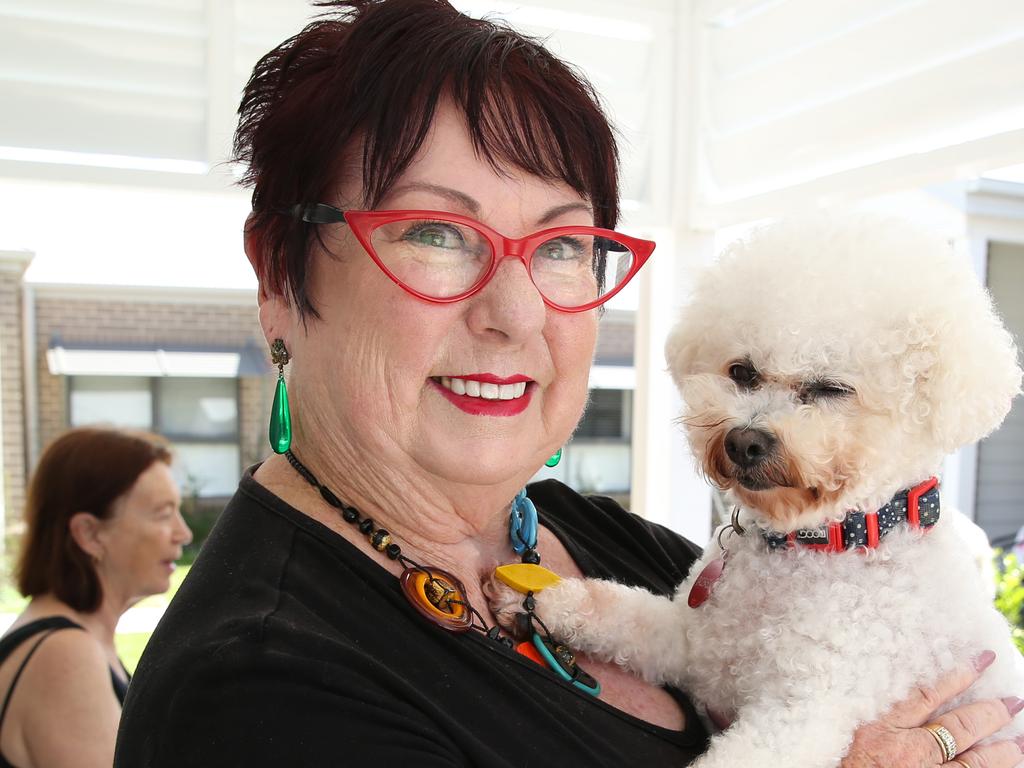Super driving women’s financial independence in retirement: ABS
Growing super balances mean far fewer older Australian women have to rely on their partner’s income as their main source of funds to meet their living costs in retirement, new data reveals.

Super has driven a dramatic upsurge in female financial independence in retirement with the proportion of women with no personal income to draw upon halving in the past decade.
Australian Bureau of Statistics data also shows a narrowing between the sexes of their intended retirement age, down to just six months earlier for women compared with a two-year difference 20 years ago.
And the bureau’s data reveals a steady increase in the average age Australians are retiring, up from 57.4 years in 2004-05 to 61.4 years in 2022-23.
The ABS Retirement and Retirement Intentions Australia 2022-23 report reveals a fundamental change in female financial independence. In 2012-13, 10 per cent of women relied on superannuation as their main source of income. Now it is 21.4 per cent.
In 2012-13, almost four in 10 women had no personal income in retirement, a figure that dropped to 18 per cent in 2022-23, ABS data reveals.
ABS head of labour statistics Bjorn Jarvis said there had been a large fall in women having only their partner’s money to rely on when they hit retirement.
“The number of women who relied on their partner’s income as their main source of funds for meeting living costs at retirement has fallen by more than 10 percentage points over the decade, dropping from 44 per cent in 2012-13 to 31 per cent in 2022-23,” Mr Jarvis said.
The report finds that people in the workforce aged 45 and over intend to retire between 65 and 66, a similar age to 10 years ago.
“On average, men intend to retire slightly later than women, but this gap is closing,” Mr Jarvis said.
“In 2022-23, there was around half a year difference between men and women, compared to a year difference a decade ago, and a two year difference around 10 years before that.”
The actual age of retirement is lower than retirement intentions, the report says.
Of those who retired over the past 20 years, the average age was 61.4 years, up from 57.4 in 20024-05.
The study also looks at retirement intentions by industry and gender, finding those working in agriculture, forestry and fishing had the highest average age at which they intend to retire: 68.3 years. The lowest average age was in mining, at 63.7 years.
The largest gender gaps were in the arts and recreation (66.4 years for men against 63.1 years for women) and manufacturing (66.7 years for men and 63.6 years for women). Arts and recreation had the latest average retirement age, at 64.4 years.
A government pension is still the main source of personal income for 43 per cent of retirees, but super and private pensions are the main source of income for 27 per cent in retirement.
Around a third of older workers say financial security is the most important factor in their decision to retire, with personal health the next most common reason.







To join the conversation, please log in. Don't have an account? Register
Join the conversation, you are commenting as Logout